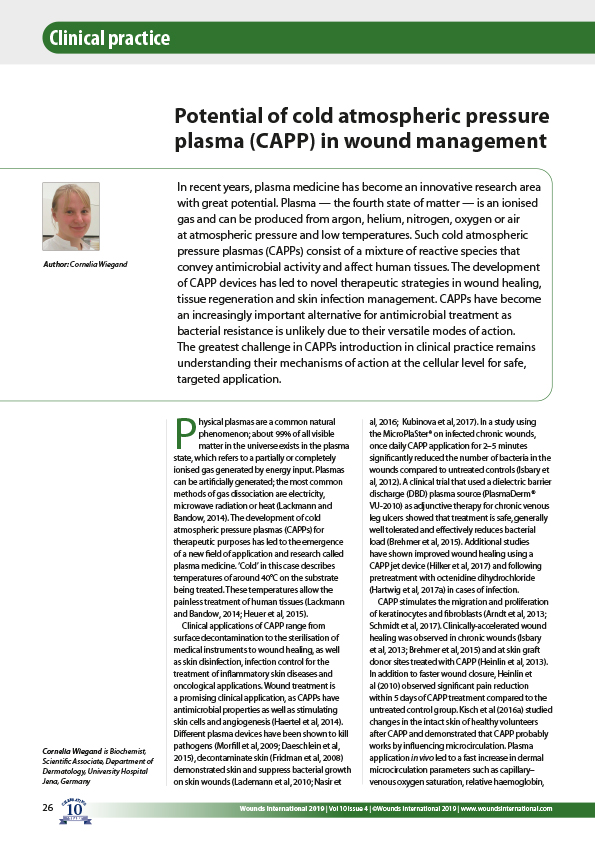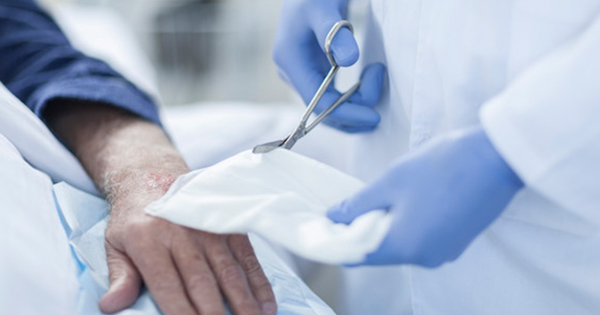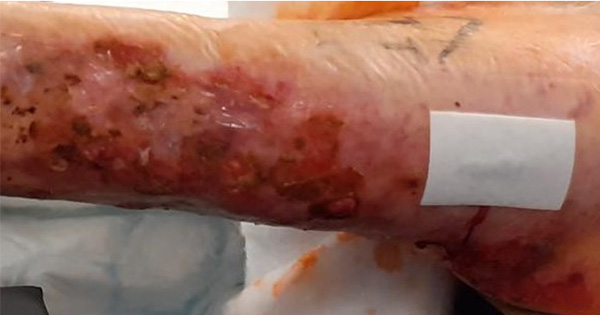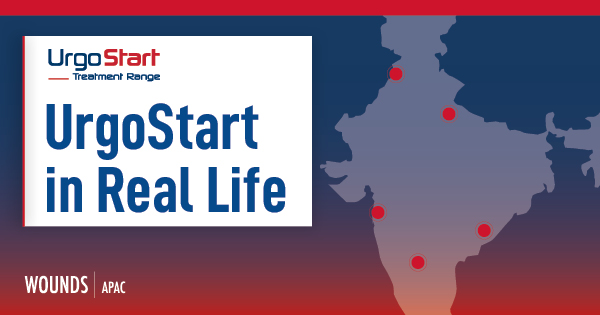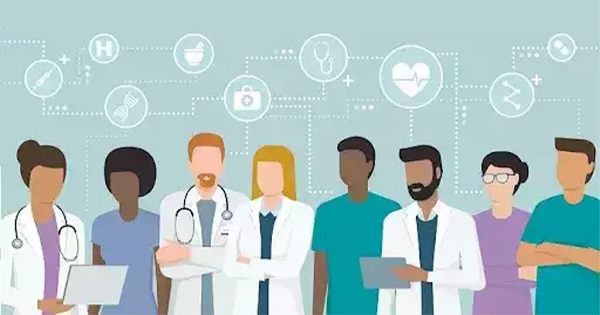In recent years, plasma medicine has become an innovative research area with great potential. Plasma — the fourth state of matter — is an ionised gas and can be produced from argon, helium, nitrogen, oxygen or air at atmospheric pressure and low temperatures. Such cold atmospheric pressure plasmas (CAPPs) consist of a mixture of reactive species that convey antimicrobial activity and affect human tissues. The development of CAPP devices has led to novel therapeutic strategies in wound healing, tissue regeneration and skin infection management. CAPPs have become an increasingly important alternative for antimicrobial treatment as bacterial resistance is unlikely due to their versatile modes of action. The greatest challenge in CAPPs introduction in clinical practice remains understanding their mechanisms of action at the cellular level for safe, targeted application.

